Nutrition expert says getting school lunches ready is all about finding the right balance
A kids’ nutrition expert has shared her top tips for packing lunch boxes on the eve of the new school year and revealed “one of the best things parents can do”.
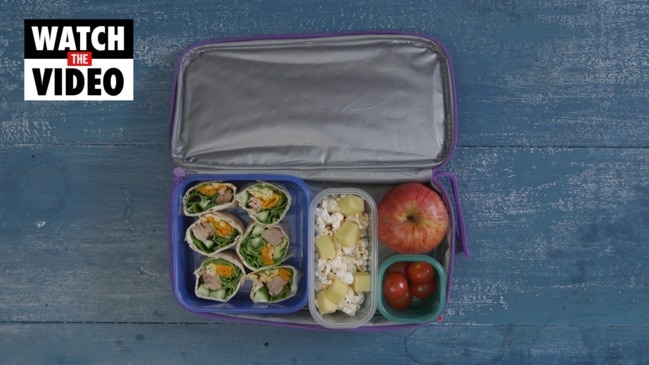
Victoria
Don't miss out on the headlines from Victoria. Followed categories will be added to My News.
Parents are under pressure to come up with the perfect lunch box, but experts say it doesn’t have to be a battleground. Prepping lunches can be a fun family event.
On the eve of the start of the new school year, pediatric dietitian and nutrition and dietetic lead at Victoria University Helen McCarthy says parents need to be kinder to themselves.
“Lunch boxes are not a competition,” she says.
Associate Professor McCarthy says it is about finding the right balance.
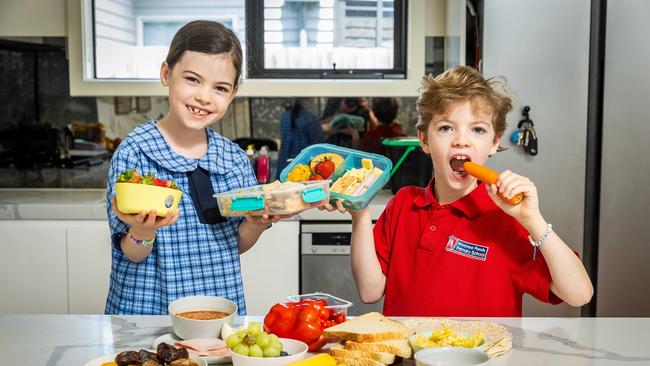
Her top tip is to get the kids involved in preparing lunches from day one and don’t label food “good or bad”.
“Including your kids in their own food choices is one of the best things parents can do,” she said, adding it gives them some control and encourages children to try new foods which sets them up for lifelong good eating habits.
This can help reduce risks of obesity and associated physical and mental health issues like type 2 diabetes, cardiovascular disease and depression.
For fussy eaters she calls in the 20-minute rule.
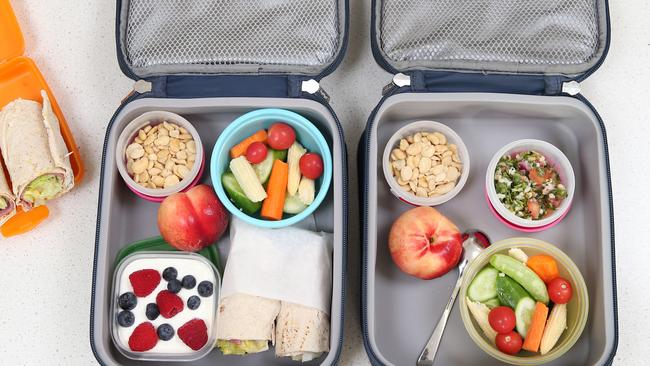
“Essentially if your child is still stirring food around the plate 20 minutes in, that’s the end of the meal,” Assoc. Professor McCarthy said.
“Ask them are they going to eat it, if they say no say, ‘OK, wash your hands and go out to play’.
“No offering of alternatives or filling them up on lots of fluids and no giving them extra at the next meal.
“The more a parent pushes a child to eat something, the more the child will say no. Don’t respond to your child not eating, just ignore it. Aim to keep mealtimes peaceful and pleasant.
“I know that’s hard for parents, and a lot of my job has been about giving them permission to do that.”
She says when a child is refusing a wide variety of foods and it is going on for a couple of months or they are not gaining weight or are more lethargic, parents should seek guidance from an accredited practising dietitian.
Assoc. Professor McCarthy also encourages parents to serve the same meal for the whole family, unless there are specific intolerances or allergies to some food.
Adding it is normal for young children to refuse to eat something they don’t like she says this is usually them trying to assert themselves and it can surface with a big change like starting school.
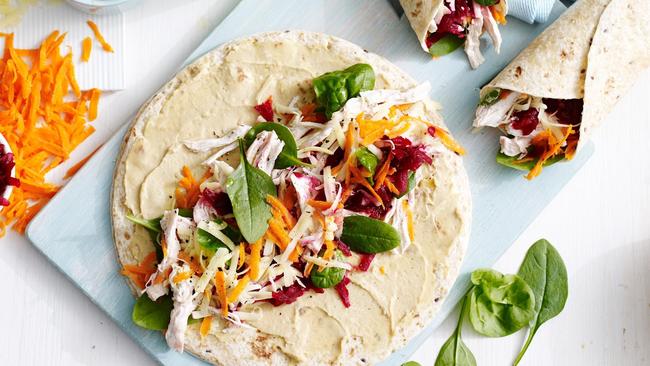
Stay strong, Assoc. Professor McCarthy says.
“It is OK to ask what they would like to eat and if they say they don’t like something, don’t give it to them that week, but try again the following week,” she says.
“It is about making food a fun experience, talking as a family about it and getting children involved.”
Lunch boxes are an opportunity to offer a variety of foods, but Assoc. Professor McCarthy says don’t overwhelm them as most children have around 20 minutes to eat their lunch.
And when kids come home from school she says check lunch boxes, but don’t make a fuss if they haven’t finished everything.
What to include:
Lunch boxes should offer something from each of the five food groups: grains, veggies, lean meat (or an alternative protein), dairy (or yoghurt or cheese) and fruit.
And the best drink? Water from the tap.
“There is no perfect lunch box, it is what your child will eat,” Assoc. Professor McCarthy says.
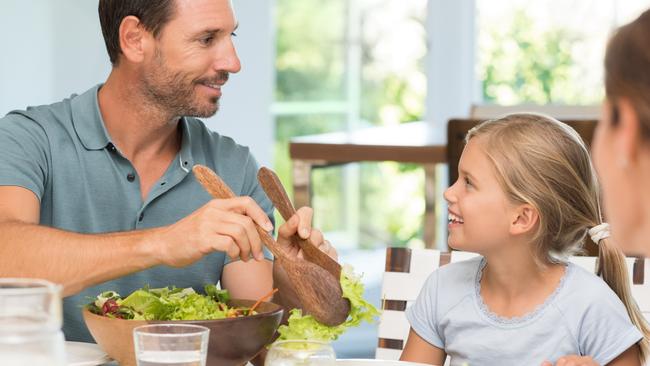
She says most parents are doing a great job at offering a variety of food options.
“However, they have to balance providing healthier options against their child’s food preference, the time available to prepare lunch boxes and cost of potentially wasted food. They also want to ensure their child eats something and doesn’t go hungry,” Assoc. Professor McCarthy said.
“It is often an overwhelming challenge for parents.”
The rising cost of living has also added pressure for many parents, she said.
“Cost is a big concern, especially when children are not eating and wasting food. Don’t put too much food into the lunch box as this will result in some if not all of it coming home,” Assoc. Professor McCarthy said.
“Going for cheaper options like frozen fruit that will keep longer, keep an eye out for seasonal foods that might be cheaper to buy, and buying supermarket own brands or unbranded options can help reduce the pressure on the family budget.”
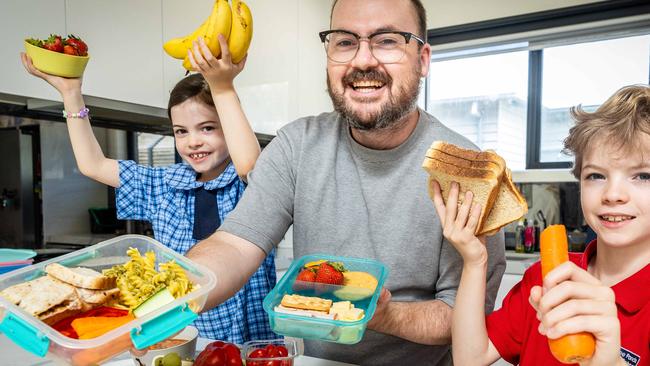
Preparing lunches is shared in the Williams household in Coburg.
‘’It really can be a struggle to keep the lunch box healthy enough, but also to get eaten! I find giving some variety but in things they enjoy – like berries – usually works,” says Cameron Williams, dad to Crosby, 9, and Dot 7.
“I’m not a huge fan of throwing out food at the end of the day, so it’s good to know what’s put in the boxes have a high chance of being eaten.
“If it’s going to take too much work to make or prep than it’s less likely to make it to the lunch box. We’re all busy. That’s why fruit and vegetables slices are so easy.”
Healthy lunch box week is from 4-10 February. You can find more tips here:
https://www.healthylunchboxweek.org.au/
LUNCH BOX FILLERS
• Grains like bread/wraps, pasta, rice or couscous
• Veggies like carrot, tomatoes, cucumber, corn, and capsicum
• Meat (make it lean) or an alternative like chicken, boiled egg, tuna, or beans
• Dairy or alternative like yoghurt or cheese.
• Fruit like berries, bananas or dried fruit
• Water from the trap
Tasty snack options for all ages
• Rather than crisp try small bags of plain popcorn
• Include a small container with favourite berries (can be frozen) rather than sweets
• Small boxes of dried fruit, even yoghurt as an alternative to chocolate treats
• Try rice crackers as a savoury snack, but not too salty
• When there is time try homemade oat biscuits that children can help to make (ones with fruit sweeten are best)
• A small slice of fruit bread
• A small container of cream cheese (lower fat variety) with veggie sticks
• Cubes of cheese (enough to fit in the palm of their hand)





